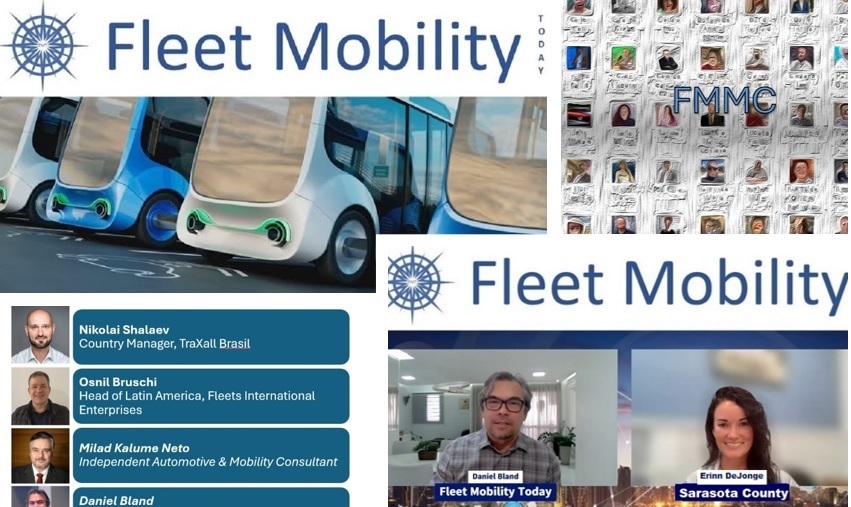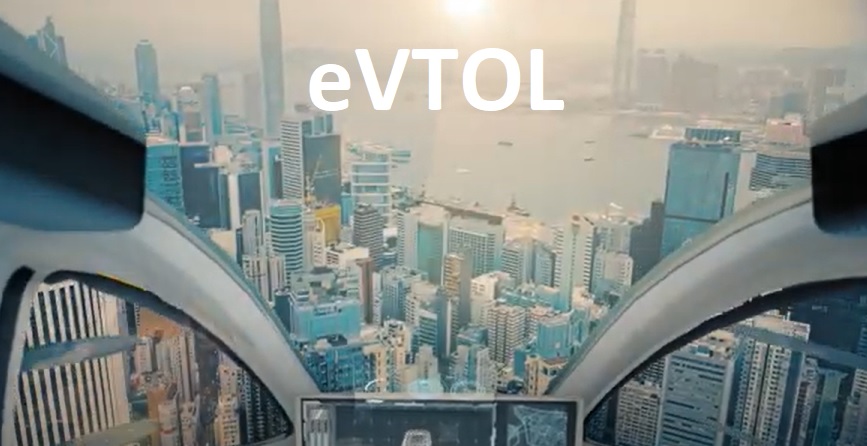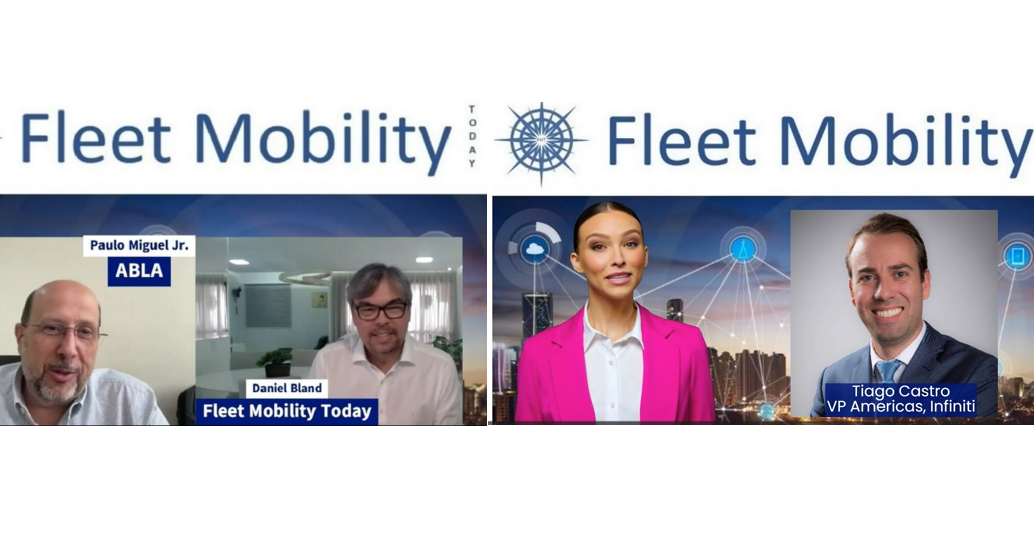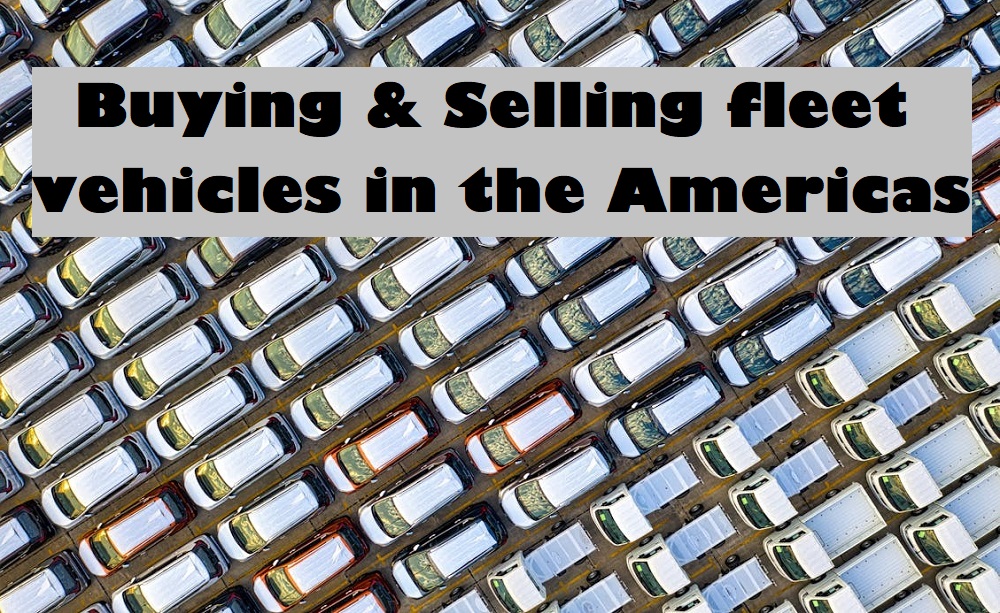FMT Newsletter
To automatically receive it by email twice a month,
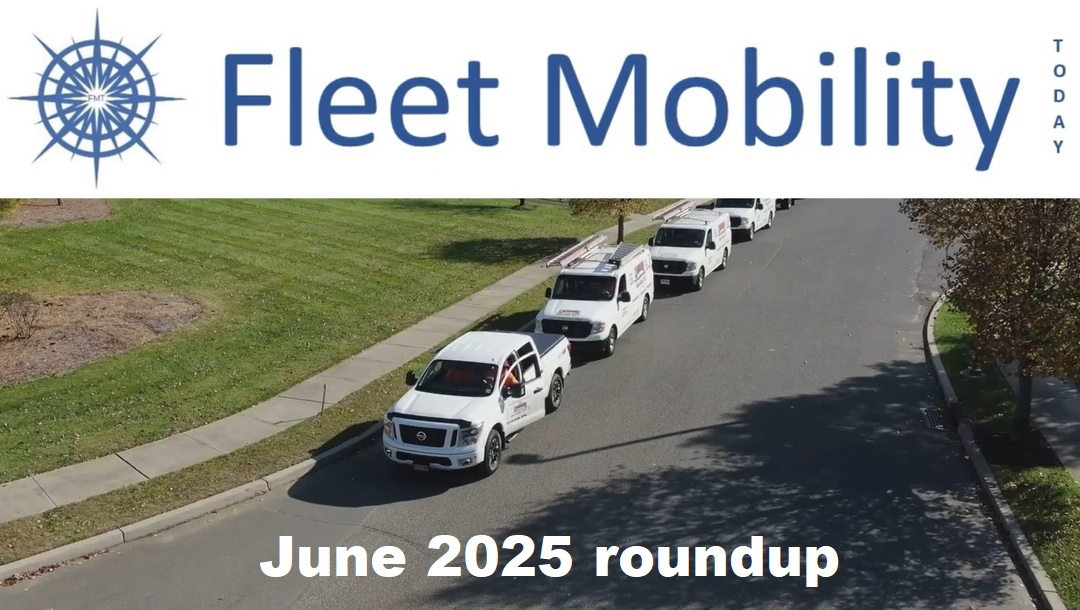

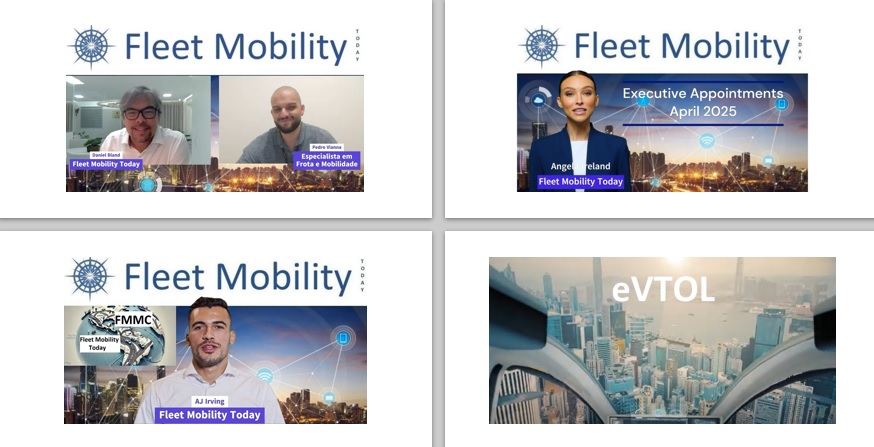

O papel do Gestor de Frotas e a próxima reunião da FMMC (Português)

Colômbia, Argentina, Chile, Peru: Snapshots e muito mais (Português)
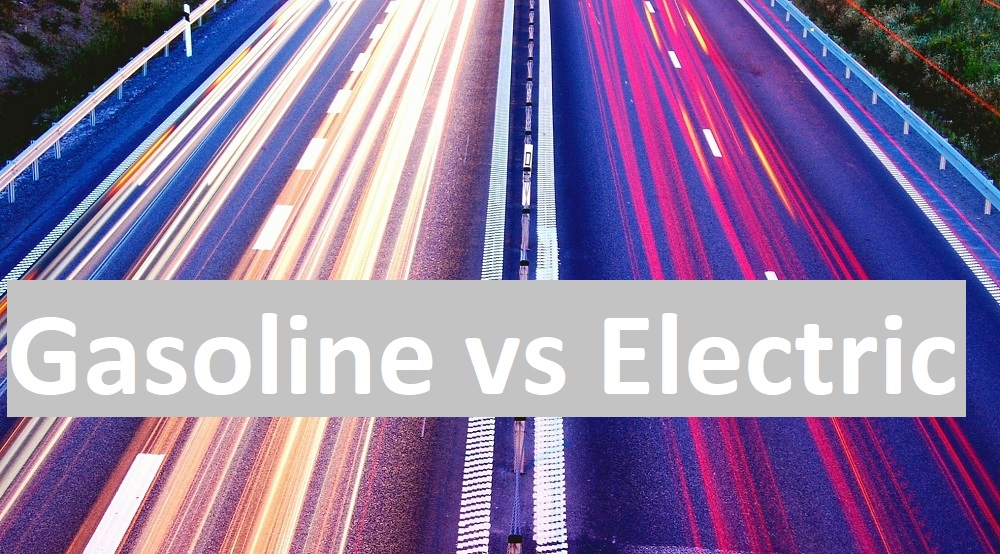
Preços da gasolina vs energia elétrica nas Américas (Português)

Fleet Mobility Today comienza 2025 con Snapshots y Podcasts (Español)
Fleet Mobility Today começa 2025 com Snapshots e Podcasts (Português)
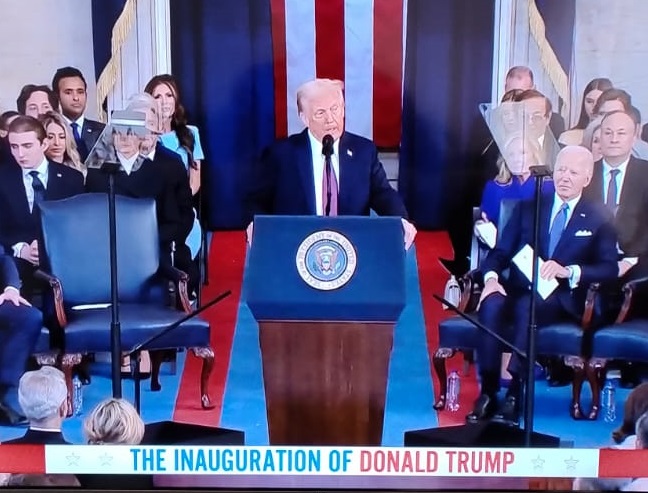
Trump ha vuelto, pero ¿qué passará ahora con la industria automotriz? (Español)
Trump está de volta, mas e agora indústria automotiva? (Português)

¿Los vehículos eléctricos pasarán a un segundo plano en 2025? (Español)
Os veículos elétricos estão ficando em segundo plano em 2025? (Português)

Holiday Break, See you in 2025! (English), (Español), (Português)
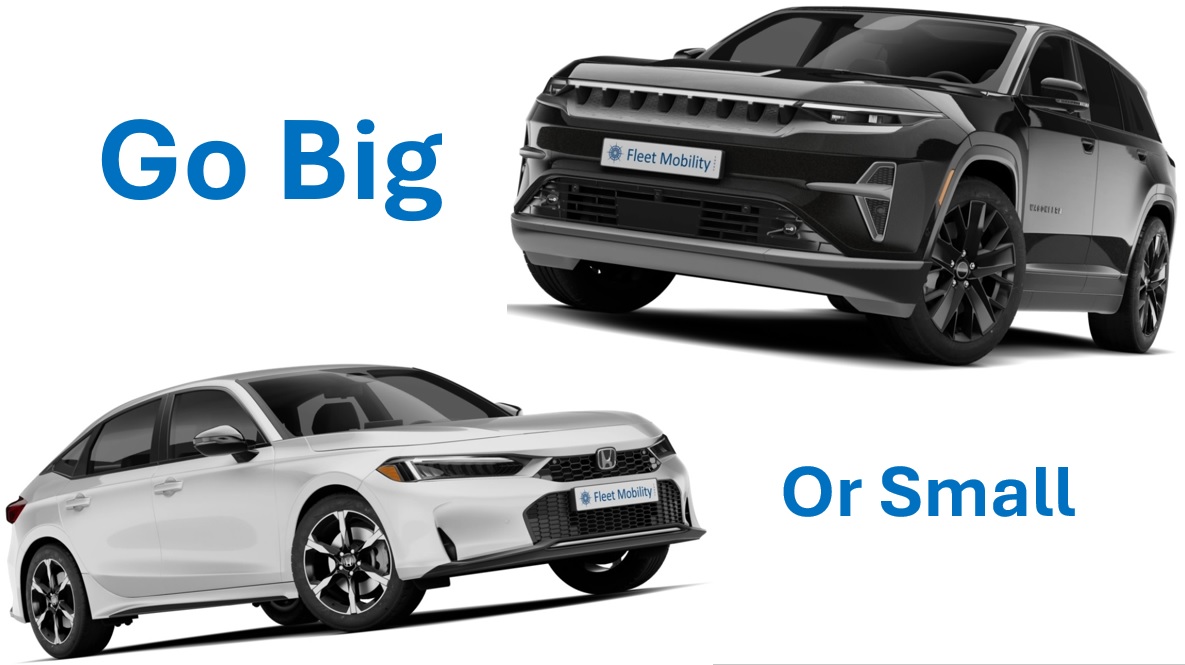
Newsletter 35
Selecting the right vehicles for your fleet
Seleccionando los vehículos adecuados para su flota
Selecionando os veículos certos para sua frota

Newsletter 34
Fleet Mobility Today Spotlight: Canadá, Chile, Perú
Fleet Mobility Today Spotlight: Canadá, Chile, Peru
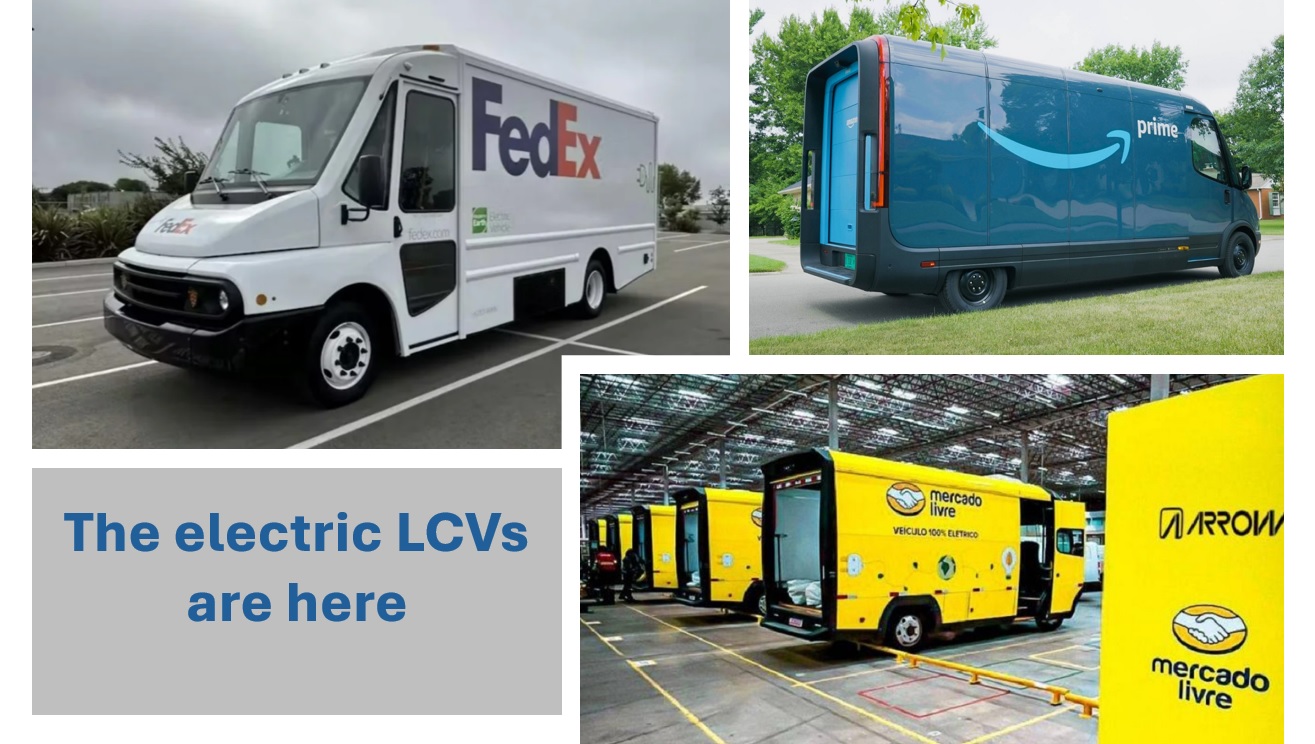
Newsletter 33
Electric vans gaining space in the Americas (English)
Vans eléctricas ganan espacio en las Américas (Español)
Vans elétricas ganham destaque nas Américas

Newsletter 30
Who takes home the Gold for Electric Vehicles in the Americas? (English)
¿Quién se lleva el Oro en Vehículos Eléctricos en las Américas?
Quem leva o Ouro em Veículos Elétricos nas Américas?
All Newsletters: click here



